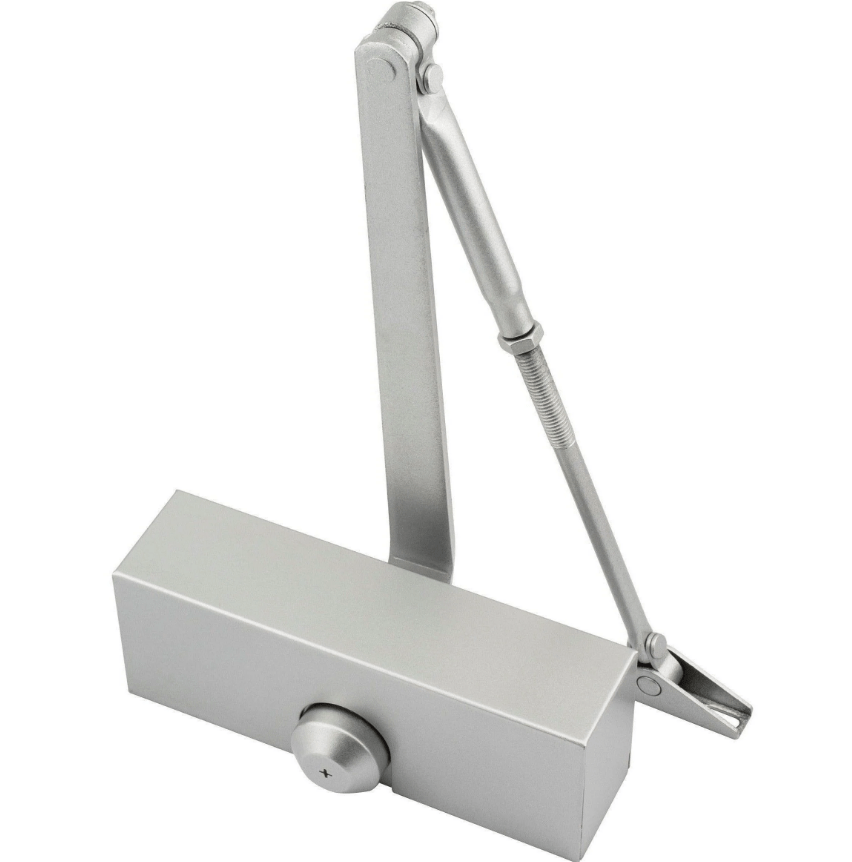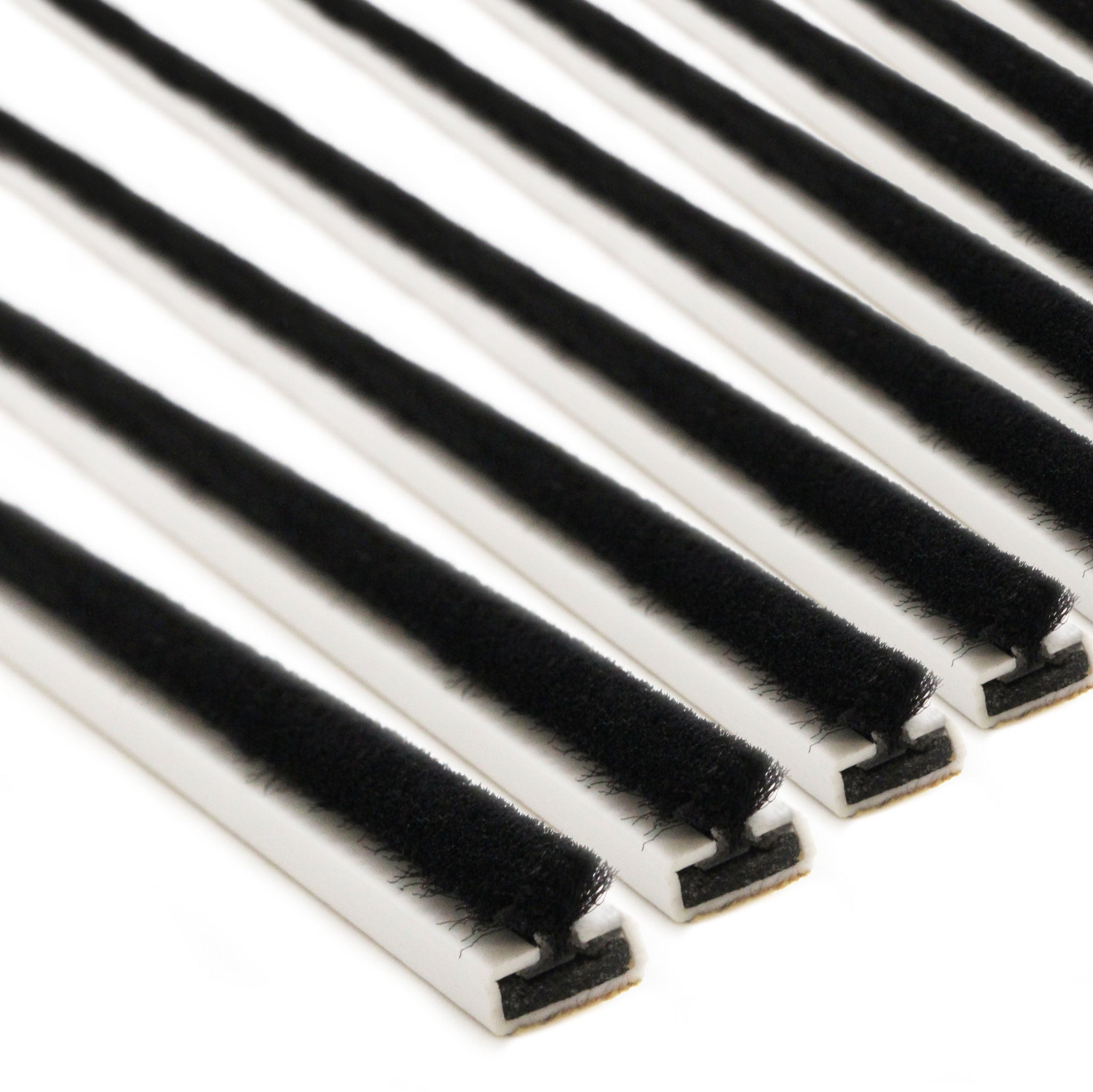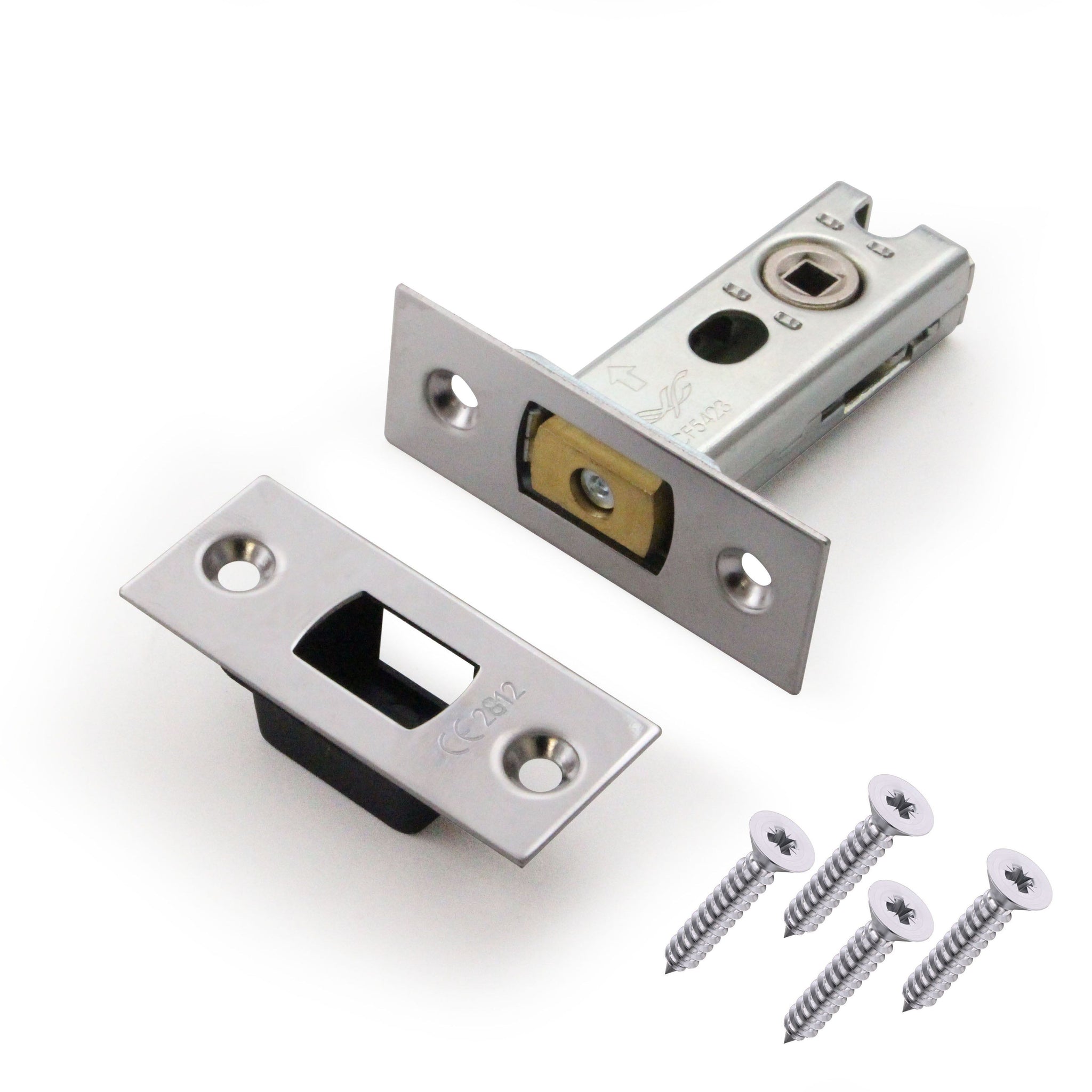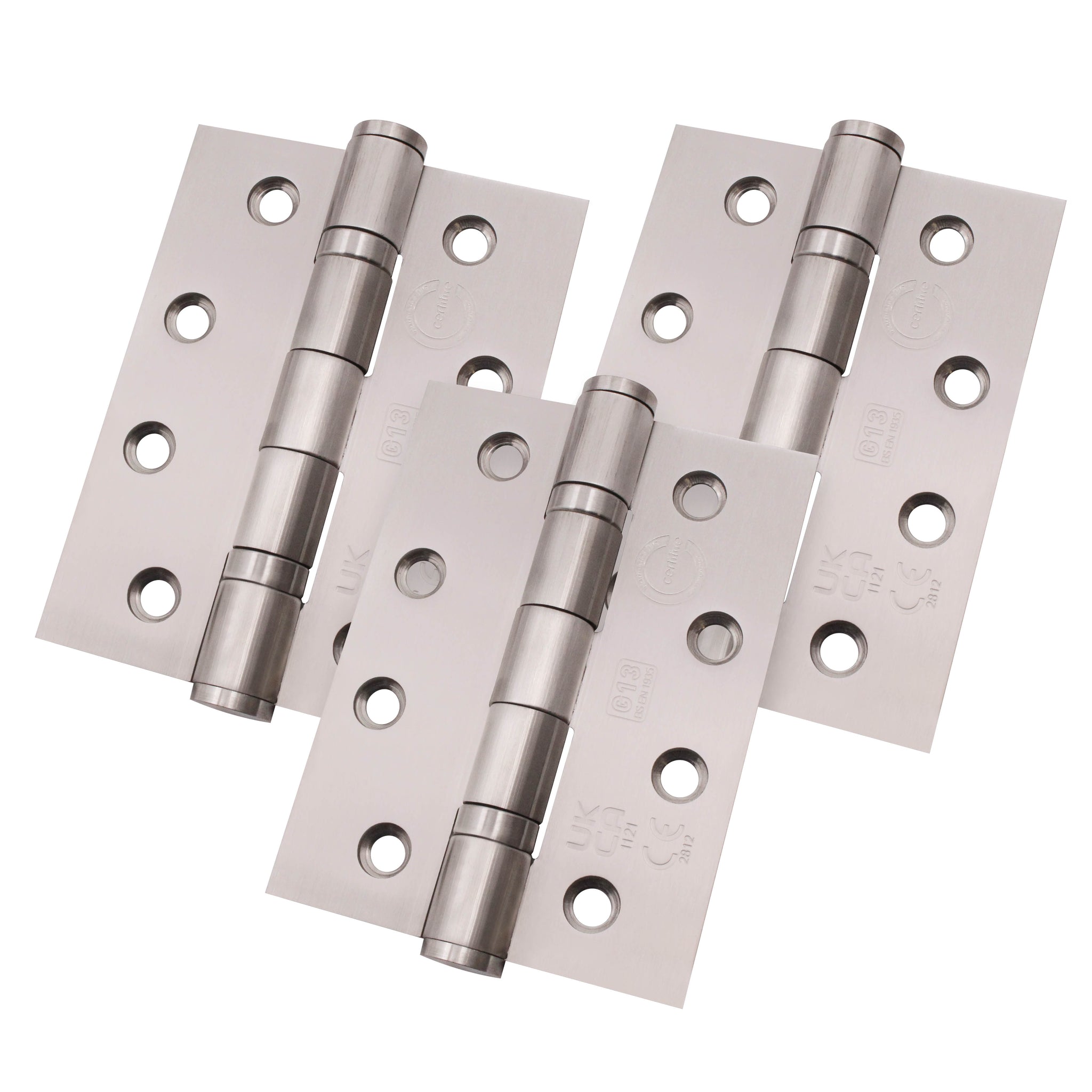You have no items in your shopping cart.
tradefit.uk October 2024
Dos & Don'ts of Fire Door Hardware
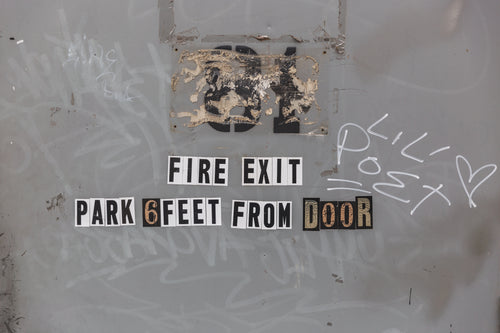
How NOT to fit out a fire door
Fire door hardware is a critical component in maintaining building safety, ensuring effective fire containment and safe evacuation routes. But do you know what hardware is legally required on a fire door? Or how to check whether ironmongery is fire rated? We’ve gathered a list of the main rules and regulations when it comes to fire door hardware, based on our years of experience in the field.
DO: Keep your fire door closed
Probably the most important piece of advice when it comes to fire doors.
Even if you follow all the other regulations, if you don't keep your fire door closed it's going to be almost useless.
A fire door can’t stop fire and smoke spreading if it’s left open.
Remember, a fire door is only a fire door when it’s CLOSED.
DON'T: Prop a fire door open with a door wedge
This is not only illegal it’s potentially lethal.
The only safe way to hold open a fire door in busy traffic areas is with an electromagnetic door closer or hold open device. These devices link to the building’s fire alarm and will automatically close the door in the event of a fire alarm sounding - stopping the spread of fire.

Don't forget your fire door signage
DO: Check the CE rating of fire door hardware
All ironmongery fitted to a fire door must be CE/UKCA and fire rated in order to maintain compliance and effectiveness.

Example of UKCA rated fire door hinges
DON'T: Add standard hardware to a fire door
All fire door hardware must be fire rated and conform to British Standards.
For example, fire door hinges must be CE marked and certified to EN 1935, and are tested to have a melting point of no less than 800ºC.
DO: Fit intumescent strips and pads with hardware
Intumescents play an essential role in preventing the spread of fire as they expand rapidly with heat to prevent smoke and fire escaping.
They are legally required if you’re morticing into the door or frame to fit hinges or door closers, and your fire door won’t be compliant or effective without them.
DON'T: Forget the gaps

The gap around a fire door should be between 2mm and 4mm when the door is closed, after intumescent strips have been fitted. This allows room for the intumescent to expand.
If in doubt, grab a £1 coin to check, as this is about 3mm thick.
DO: Check your fire door manufacturer’s installation instructions
Fire doors are tested as a complete assembly, which includes all essential hardware (hinges, handles, latches, etc). Therefore, it will only work correctly if it’s installed using the same equivalent components as when it was tested – these will be listed on the fire door manufacturer’s installation instructions.
Simply buying a fire door and fitting any old hardware to it isn’t enough - all ironmongery fitted to a fire door must be CE and fire rated, as there are many ways that the hardware fitted can weaken the door and render it ineffective in a fire.
DON'T: Add unnecessary hardware
Stick to the essentials such as handles, hinges, latches and intumescents.
Any additional hardware that wasn’t included as part of the original fire door test (such as letter plates, door knockers) would not only invalidate the fire rating it could weaken the fire door with potentially catastrophic consequences.
DO: Fit 3 or more fire hinges
Timber doors must have a minimum of 3 CE marked hinges fitted (4 for heavier steel doors).
Fire doors are heavier than standard internal doors and therefore require more hinges to hold them steady.
DON’T: Forget intumescent pads

We can’t emphasise this strongly enough – fire door hinges are not compliant if they aren’t fitted with intumescent pads.
It’s simply not worth the risk trying to cut costs or corners.
The same goes for intumescent lock wraps, door closer pads and intumescent door strips – these must be fitted to ensure smoke doesn’t escape through the gaps.
DO: Check fire doors regularly
Fire doors are not just a “fit and forget” solution, so check them regularly.
For commercial premises, the BWF recommends fire door inspections once every 6 months, but this could be increased according to the size of the premises.
DON’T: Ignore worn or damaged hardware

Just replace it - it’s not worth the risk.
The cost of replacing a worn intumescent seal or tightening a loose hinge is insignificant compared to what could potentially happen if the fire door fails because of a loose screw or damaged seal.
Fire doors are essentially the last line of defence in the event of a fire, so it’s crucial that they are specified correctly. Hopefully this guide will give you all the information you need, but if you need any further help feel free to call our knowledgeable team who have years of experience in this area.








